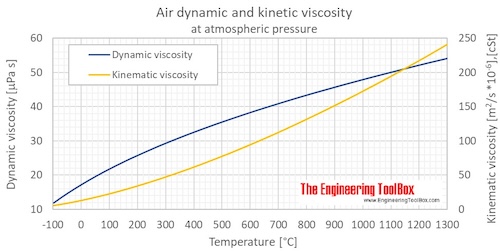
This does not yet include AV's latest tweaks (M3 above) - however the differences for most applications should be quite minor. The other (written by A.V.) takes theĪ python version has now also been written by Matthew Partridge at Cranfield University. One takes volume fraction of glycerine as input. Vicosity is a fluids resistance to flow and can be valued as dynamic (absolute) or kinematic. Further refinements from Andreas Volk to density of pure water, and the temperature-dependence of the contraction of the mixture. In both cases the fit was chosen to match data from Gregory (table 3 and 7) numerical values for the viscosity and thermal conductivity of air and diffusivity of water vapor in air are tabulated for temperatures from 20C to +4OC. Andreas Volk pointed out that the density calculation can be made more accurate by (i) accounting for the volume contraction of the mixture (ii) adjusting the fit for the density of pure glycerine as a function of temperature. Thanks to Paul Debue for pointing this out. 2 Viscosity is defined scientifically as a force multiplied by a time divided by an area. 1 For liquids, it corresponds to the informal concept of 'thickness': for example, syrup has a higher viscosity than water. The mixture should use the glycerine fraction by VOLUME and not by mass. The viscosity of a fluid is a measure of its resistance to deformation at a given rate. Density calculation has been changed: equation 25 in Cheng's paper to compute the density of I'd recommend reading the latter paper first. Kähler (2018) Experiments in Fluids 59 75.

47 3285-3288, with a number of adjustments (see below), which are described in Volk and

The calculation is based on the parameterisation in Cheng (2008) Ind. Calculate density and viscosity of glycerol/water mixturesĭynamic viscosity of mixture is :


 0 kommentar(er)
0 kommentar(er)
